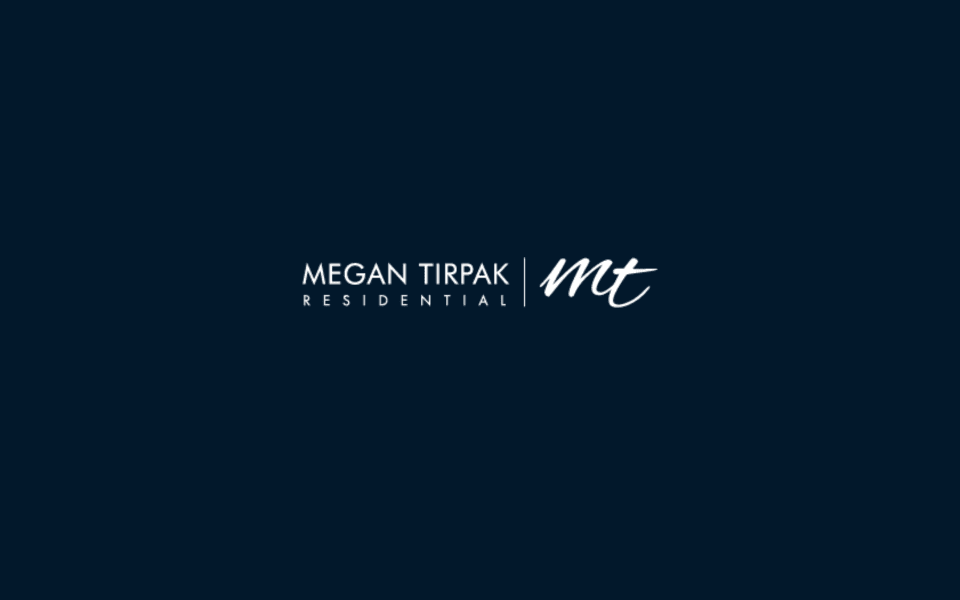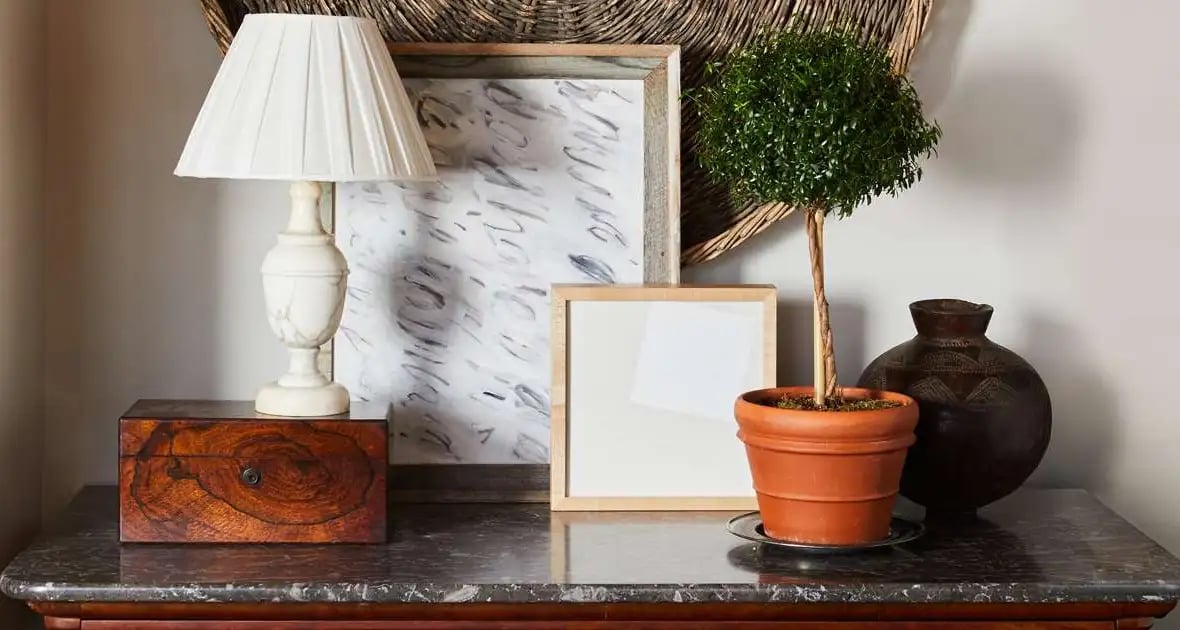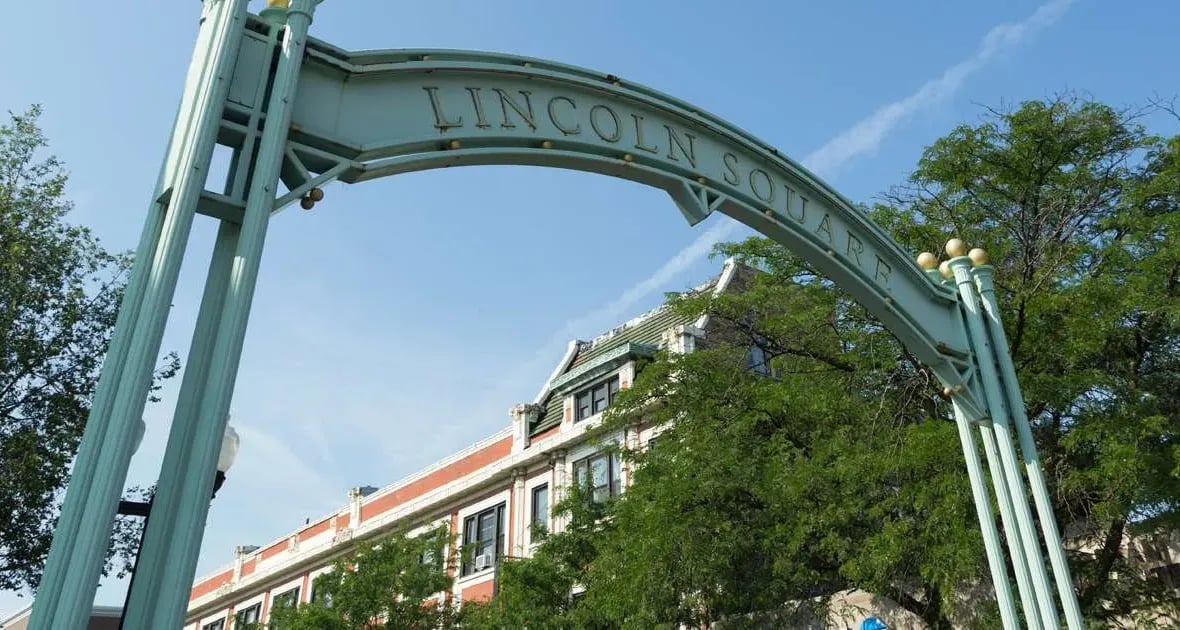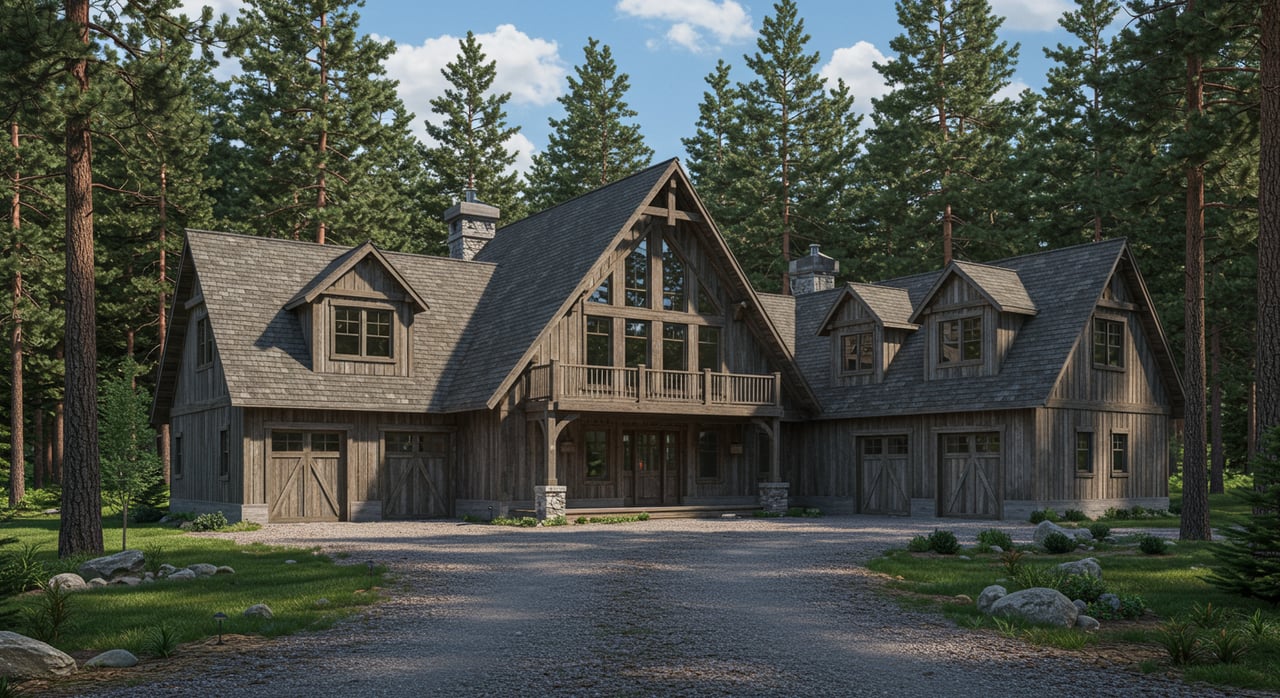Whether it was rebuilding the city following the Great Chicago Fire in 1871, reversing the Chicago River and the deadly pollution of drinking water by 1900, or finding solutions to many current-day issues, Chicago has, time and again, found a way to adapt and move forward.
The rise of the two-flat is a perfect example.
Simply put, “a two-flat is a two-story residential building with one unit on the bottom and one on top,” said Adam Rubin, Senior Director of Content, Exhibits & Interpretation at the Chicago Architecture Center.
Or, as Carla Bruni, Preservation and Resiliency Specialist at the Chicago Bungalow Association, described in her recent blog, “a two-flat is basically just a stacked Chicago bungalow in terms of layout and design (minus the hipped or gabled roof).”
However, as Rubin and Bruni recently shared with @properties, how the Chicago two-flat was constructed and how these structures built (and continue to build) a road to homeownership and financial security for many Chicagoans requires a more detailed explanation.
Two-Flat History and Design
The two-flat has been an important part of the Chicago landscape for more than a hundred years: first, as adapted two-story workers cottages prior to the start of the 20th century, Bruni said. As the city rebuilt post-Fire, the brick two-flat – which “has pretty much the same layout as a Greystone,” Bruni noted – filled a huge need for affordable housing as the Chicago population spiked from approximately 300,000 in 1870 to 2.2 million in 1910 to nearly 3.4 million 20 years later.
“The brick two-flat took over in the 1910s because it’s less expensive to use face brick than limestone on the primary façade of a building,” Bruni said.
The Chicago Architecture Center offers this description of two-flats:
“They have a distinctive Italianate style, inspired by the Palazzo Medici in Florence. Facades in brick or stone typically feature an entry porch to one side, and a projecting bay of windows on the other, all surmounted by a more or less ornate cornice in brick or stone. Postage-stamp front yards connect to narrow gangways between the closely-spaced buildings.”
Another important characteristic of two-flats is the quality of craftsmanship, whether they were constructed by developers, who “would build an entire block of two-flats or 3 or 4 in a row” or by “folks with carpentry and masonry skills who could construct their own using a pattern book or template,” Rubin said.
Bruni said these structures, like all older buildings, were over built, meaning they were built to last.
“They have double wythe brick walls, which means they have a brick inner wall that has an entire additional brick outer wall wrapped around it with just an inch or so gap in between,” she said.
Along with providing physical stability, two-flats were – and continue to be – an excellent investment, providing owners with a steady source of rental income as they would typically live on the first floor with their family and “then rent out the other floor to extended family or a tenant to pay down the mortgage,” Rubin said. “It was kind of a road to the middle class for many Chicagoans.”
Two flats continue to provide an entrée to homeownership for many Chicagoans, but they are also increasingly being converted into luxurious, single-family homes and added to investors’ real estate portfolios around the city.
Two-Flats Today
Buildings with 2 to 4 units (which could include two-flats bisected into 4-unit structures) make up more than one quarter of Chicago’s housing stock, according to the Institute for Housing Studies at DePaul University.
However, thousands of two-flats have been lost in recent years due to demolition or deterioration. For example, the Institute for Housing Studies reported this year that the number of 2- to 4-unit parcels in high-cost markets decreased by 7.1% during 2013-2019.
There are programs in place to preserve and maintain 2- to 4-unit housing in the city, such as the Chicago Flats Initiative, which “is made up of outreach, financing, policy, and direct service organizations that have come together to connect homeowners and renters to available mortgage and rental resources.”
Rubin is comforted knowing that “as long as we need a middle range of housing here in Chicago – not an entry-level studio and not a large house somewhere…the two-flat serves an important need.”
If you are interested in making a two-flat your home, a rental property, or both, consider these examples currently listed by @properties Christie’s International Real Estate.
3404 N. Albany Avenue
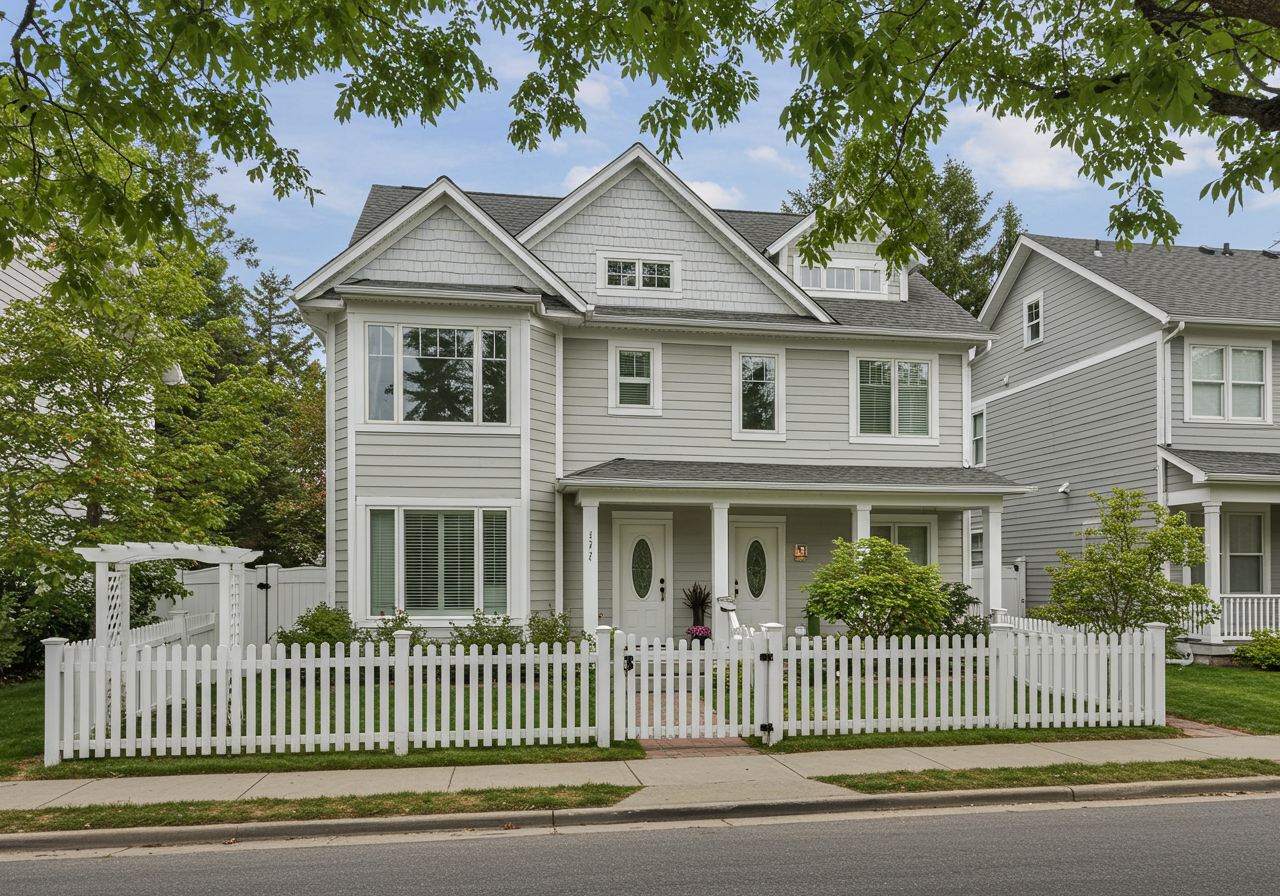
The upgraded interior of this two-flat in Avondale has many fun 50s finishes, huge open floor plans, big bedrooms that will fit king-sized beds, southern exposure and skylights that brighten up the space. There is also a second-floor spiral staircase that leads to a finished attic with two extra rooms. Outside, this double corner lot has fully landscaped back and side yards, multiple decks, patios, an indoor/outdoor bar, two garages, and to top it off, a white picket fence!
4825 W. Hutchinson Street
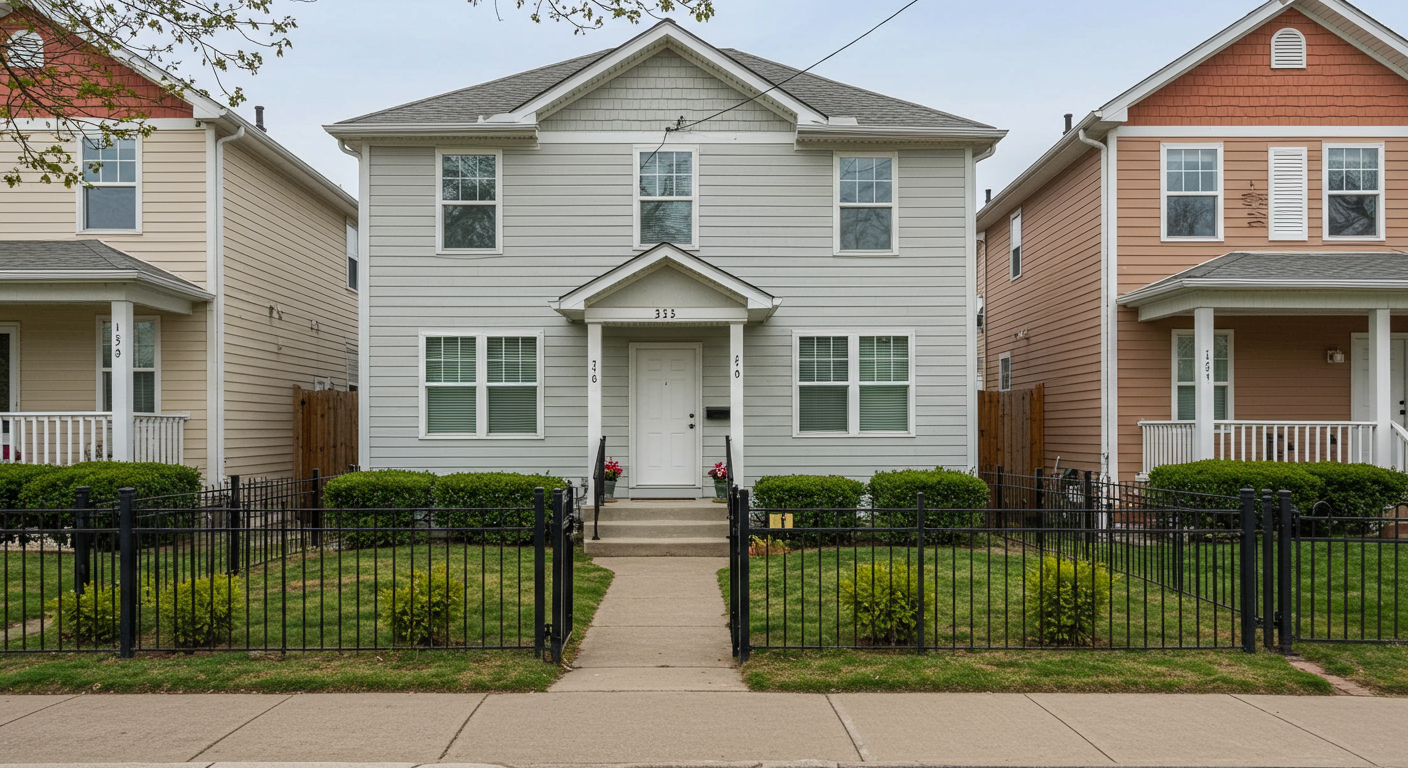
Both units in this Portage Park two-flat have 3 bedrooms, 1 bathroom, central heat/air conditioning, a kitchen, and storage. Recent upgrades include new electrical service and updated wiring, copper water service, windows, drywall, updated bathrooms, updated drainage and new gangway concrete. There is a two-car garage, and the property is close to the expressway and transit.
2455 N. Maplewood Avenue
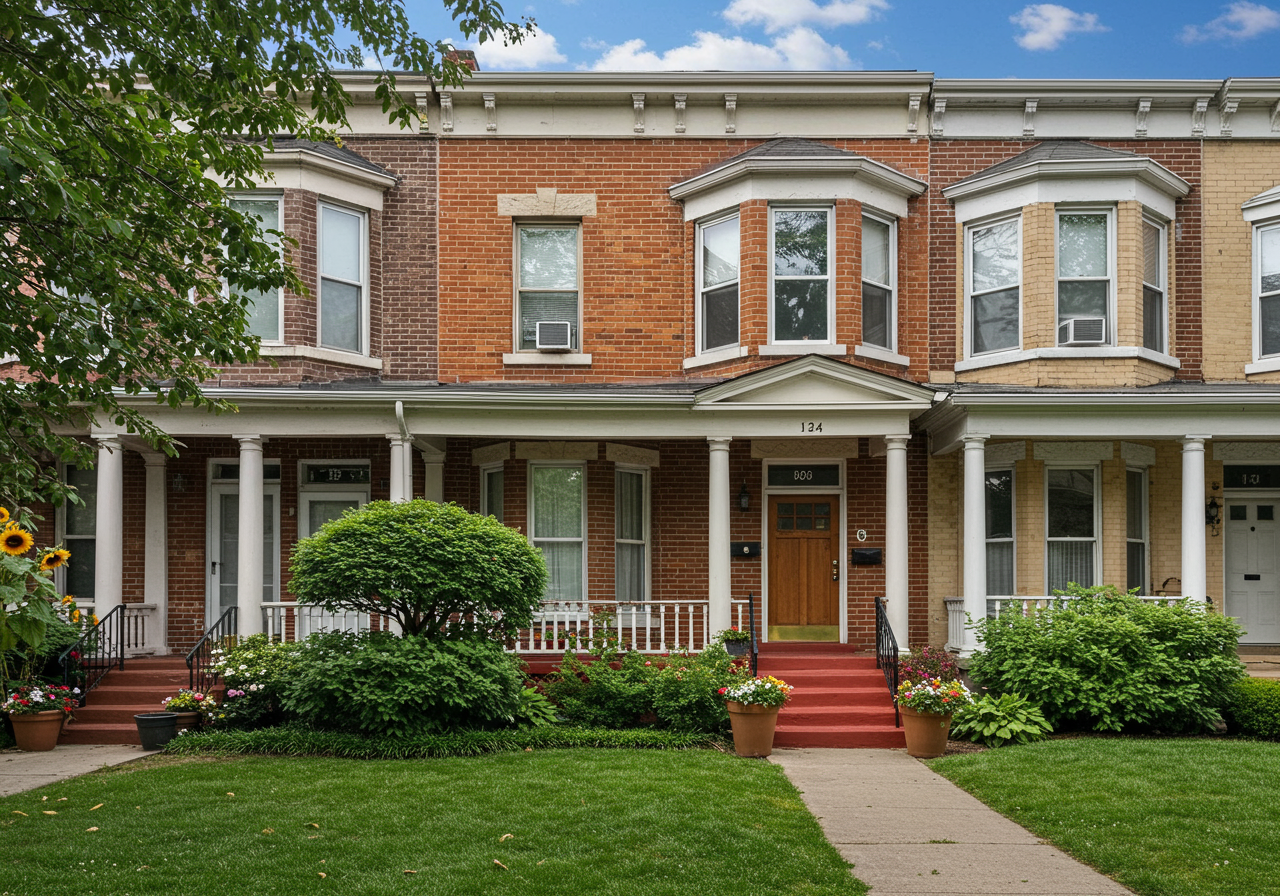
This classic brick two-flat in Logan Square offers a pair of 2-bedrooms apartments with separate utilities, forced air and hardwood floors. There is potential to duplex the first-floor unit by expanding down into the building’s large basement. Other features include a two-car garage and backyard.
1228 W. Glenlake Avenue
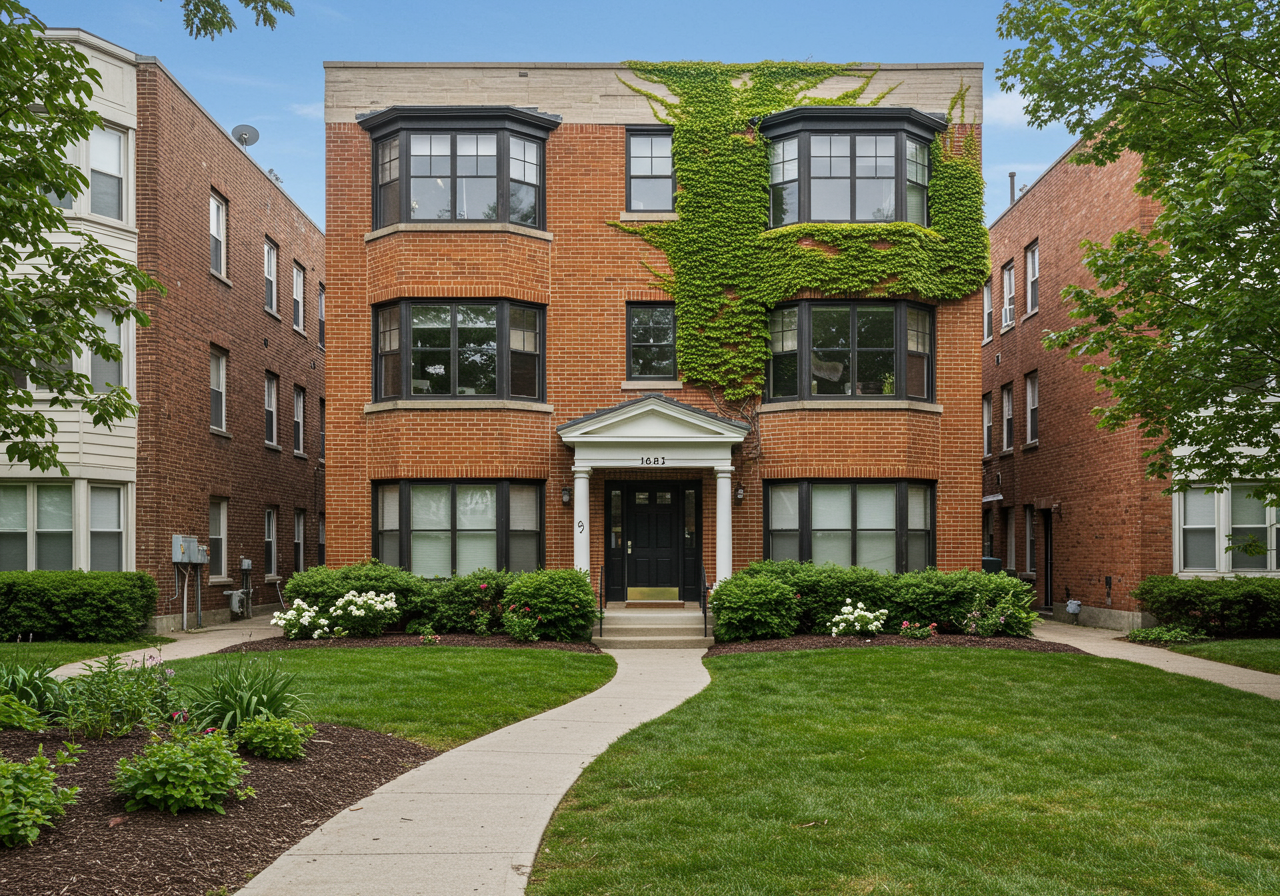
This Edgewater property is fully leased into 2024 and 2025. Located on an extra-wide lot and surrounded mostly by single-family homes, the property is a two-flat with a lower level converted into a garden apartment. Updates have been made throughout, yet a number of vintage features remain including exposed brick, hardwood floors, original wood trim and doors, arched doorways, a built-in hutch, and stained glass.
Type “two flat” or “2 flat” into the keyword search on the @properties Christie’s International Real Estate website or contact your agent for more information on available two-flat buildings in your local market.
Sources
Adam Rubin, Sr. Director of Content, Exhibits & Interpretation.
Chicago Architecture Center.
Jessica Tcholakov, PR for Chicago Architecture Center.
Carla Bruni.
Preservation and Resiliency Specialist, Chicago Bungalow Association.
